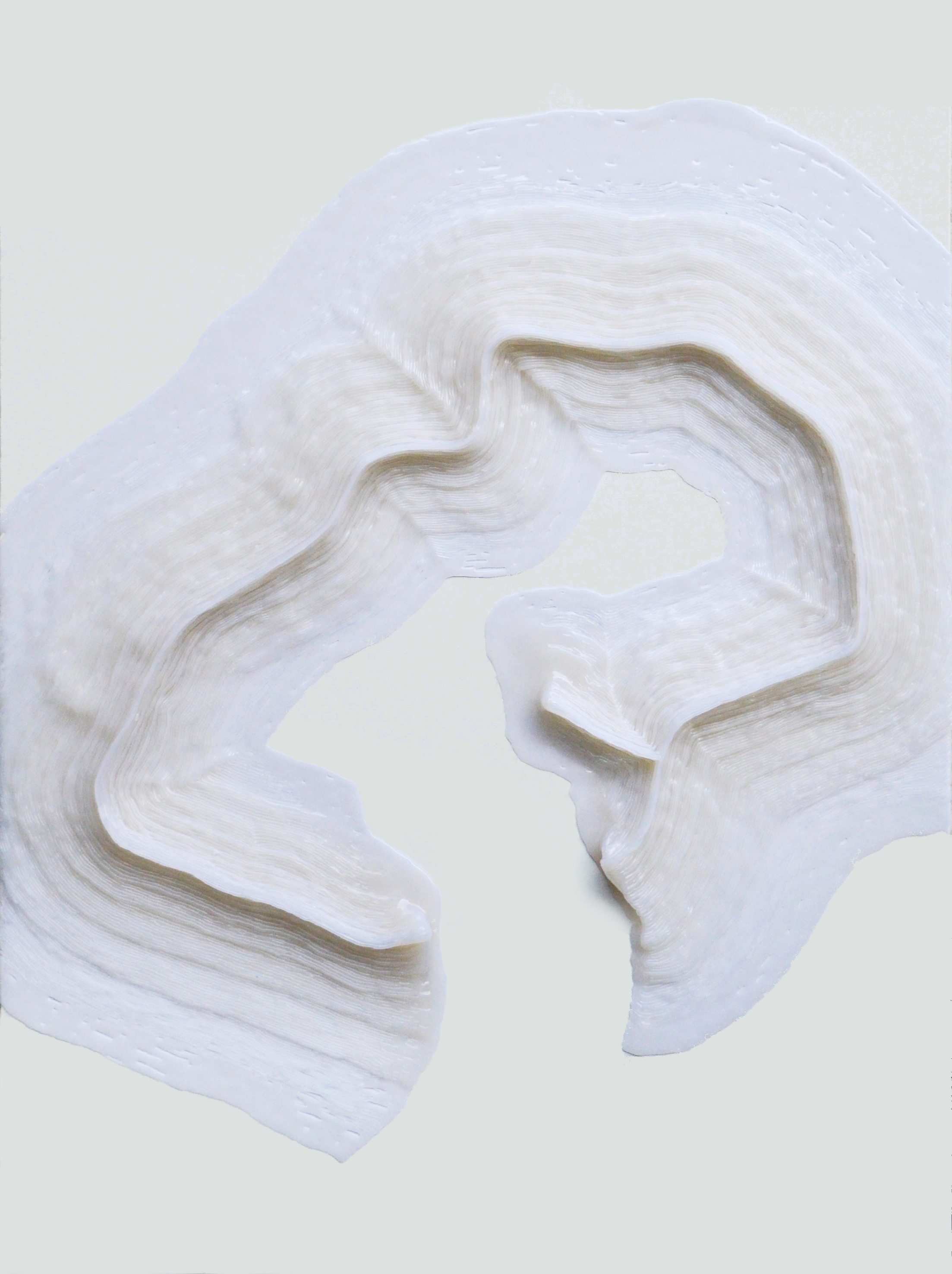3 Minutes with Calvin Tay

Calvin Tay (b.1987) is a graduate of the National University of Singapore. Having been educated in Industrial Design, he is intrigued by materials and their properties, and is perpetually seeking new ways to manipulate them. Applying his understanding of different mediums and fabrication processes to the concepts of his works, he is intent on creating pieces that are formally and conceptually cohesive.
Through his works, he seeks to induce a lingering, subliminal sense of insight – constantly uncovering the absent and recovering the lost. In 2014, he examined the remarkable technology of 3D-printing, producing handprinted lampshades that were affordable, unique and self-evident of the trace of the individual, in contrast with the uniformity and costliness of machine 3D-printed wares.
In 2017, he was awarded a residency with the Swatch Art Peace Hotel in Shanghai, China. His works during the residency revolved around the overlooked intangibles he experienced when moving around and interacting with the city and people.
A self-proclaimed plant maniac, he describes nature as the perfect designer.
1) How did your journey with art begin?
I think it began in Industrial Design school. There were modules where we studied briefly about artists and designers, and I was always fascinated by how they worked and the beautiful pieces they made. I also gravitated to approaching projects from a conceptual point, outcomes of work sometimes just didn’t have a defined function, but just a form.
2) How did you decide this was something you wanted to do full-time?
It was something I was doing on the side for a couple of years after graduation. About 3 years into it, I decided to give it more attention to see where it could go, and so far it’s been great. That being said, I could only really do it because of the support and opportunities given by my parents to make this dream possible.
3) For Conjugation, what was it that you saw in Shanghai that got you thinking about the daily commute?
It was when I was on the train and these people who were passing flyers out were just flicking it out to everyone regardless if they wanted it or not. It hit a sleeping guy in the face and he woke up looking very confused and proceeded to alight at the next station, leaving the flyer behind in the train on the seat. It was then that I started to take more notice about how we interact with the train and the objects on it.
4) Why did you pick the medium (Hot Melt Adhesive) and how do you think it conveyed the idea of trains and the daily commute?
It was a material that I used for prototype making when in school. A couple of years ago, I was exploring with materials to 3D print with and the workings of a glue gun and glue stick resembled it very closely, and more importantly, it inserted a human element into the equation. It was also about repetition, an element I enjoy inserting into my art pieces. This method of building a sculpture was the same process repeated again and again, just like a daily commute.
5) How do you think your background in industrial design has shaped your interest in medium, materiality and texture?

I think it played a huge part. Besides forming my initial interest in looking closer at materials and finding new and different ways to use them, it exposed me to manufacturing processes which has definitely shaped how I conceptualise and create my artworks.
6) The experience must be totally different from the one in Singapore. How did you then think about or adapt the series for Singapore? Were the two series’ different in any way?
Firstly, there is a difference in size of the pieces. At the time that I did the Shanghai lines, there were 14 of them. Singapore has 5, so I decided to complete them on bigger canvases.
Secondly, after finishing the Singapore series and comparing them back to the Shanghai ones, I realised that the lines laid in Singapore were slightly more evenly laid. I like to attribute this to the more chaotic nature of the Shanghai metro compared to the pristine and controlled Singapore MRTs, and how this somehow was internalised and expressed itself through execution of the pieces.
7) Was there anything you would have done differently for this series, and are you going to make more when new lines launch?
Off the top of my head, I should have signed the back of each canvas at the same location. But, really, maybe colours?
I am definitely planning to revisit this in Singapore in a couple years time when more lines are up and when others have expanded.
8) What can we expect from Calvin Tay in the next couple of years?
After completing both Conjugation series, I’m looking to explore more works that have similar semantics – overlooked movement in our everyday life. Maybe in 2019, another city to do Conjugation in.
